Everything you need to know about Windows 12 including features, pricing, and potential release date
The first clues of what’s coming in the next version of Windows are beginning to emerge
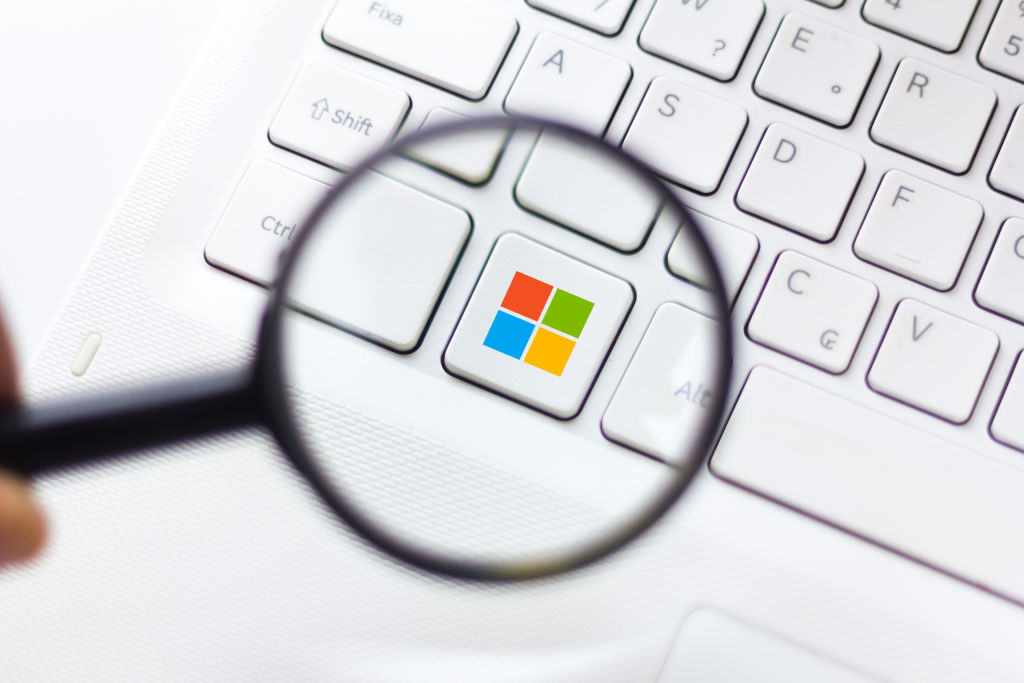

Keumars Afifi-Sabet
The inconvenience and stress of an operating system (OS) upgrade will be familiar to everyone. Once you have agreed to the upgrade, you are placed into a indefinite period of digital quarantine. Heaven forbid an error occurs mid-upgrade, in which case you’re likely in for a tough ride. Even if the upgrade is successful, there is still a chance that some of your apps, drivers, and plugins will be incompatible with the new OS and won’t function.
So for those of you hanging on to Windows 10, your hesitancy to upgrade is totally understandable regardless of Microsoft’s incessant reminders to upgrade to Windows 11.
READ MORE
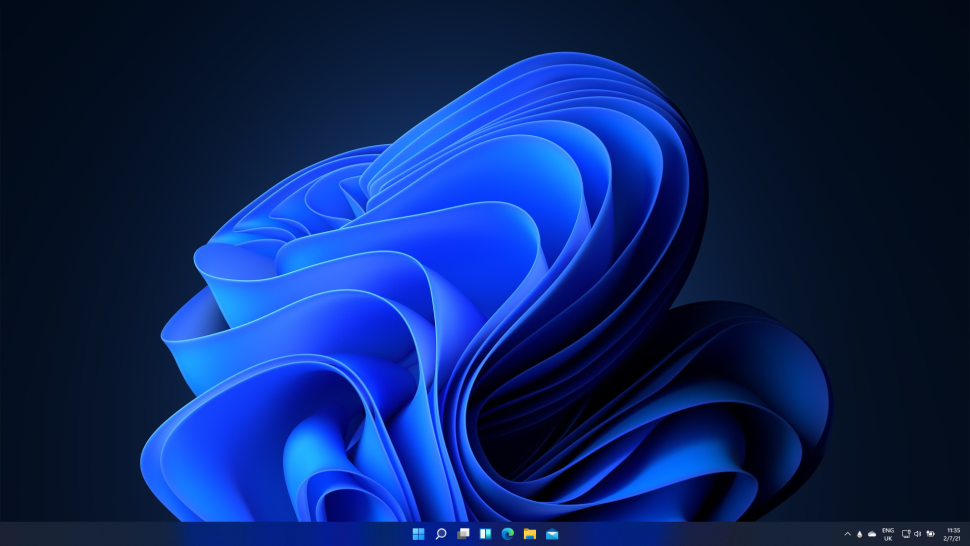
We have some good and bad news. The good news is the annoying reminders to upgrade to Windows 11 are going to be going away. The bad news is that this is because Windows 12 is expected to be released next year at the earliest.
The early signals of Microsoft’s plans for Windows 12 are beginning to trickle out. With Windows 12 expected as early as next year, what can be expected of Microsoft’s next upgrade to its operating system?
Will Windows 12 be more than a lick of paint?
Microsoft will clearly need to visually differentiate Windows 12 from its prior versions, and there are already some hints of what these visual changes might be.
One screenshot that appears to have been inadvertently shared at a Windows Ignite developer conference showed the taskbar at the bottom of the screen floating, instead of remaining anchored to the bottom of the display. Floating at the top of the screen, Windows 12 displayed the time, weather, connection status, battery life, and search box – suggesting a more phone or tablet-like interface.
The more significant changes will probably take place under the hood in response to the Cambrian explosion of artificial intelligence (AI) powered apps that have emerged over the past few months.
Get the ITPro daily newsletter
Sign up today and you will receive a free copy of our Future Focus 2025 report - the leading guidance on AI, cybersecurity and other IT challenges as per 700+ senior executives
“I suspect Microsoft will go hard on ‘AI’ features as part of the next major version of Windows,” says Zac Bowden, senior editor at our sister outlet, Windows Central – who is one of the best-connected people on the Windows beat.
Bowden speculates it could be AI predicting what apps or shortcuts you may need next, based on what you’re currently looking at on screen, such as Windows spotting you’re emailing someone and mentioning you need to send wedding invitations and having Windows suggest the Microsoft Designer app in the Start Menu.
“You might also see smart enhancements to existing features like Snap Assist, remembering which apps you frequently snap together, for example,” says Bowden.
How will Windows 12 be structured?
The biggest change that might be coming with Windows 12 could be a significant shift in how the OS is structured. An internal Microsoft project – “CorePC” – is reportedly working on breaking Windows down so it will function on a more modular basis across the various form factors. This would be a considerable movement away from the previous method of shipping Windows as a one-size-fits-all system – similar to what it was trying to achieve with the abandoned Windows 10X.
READ MORE
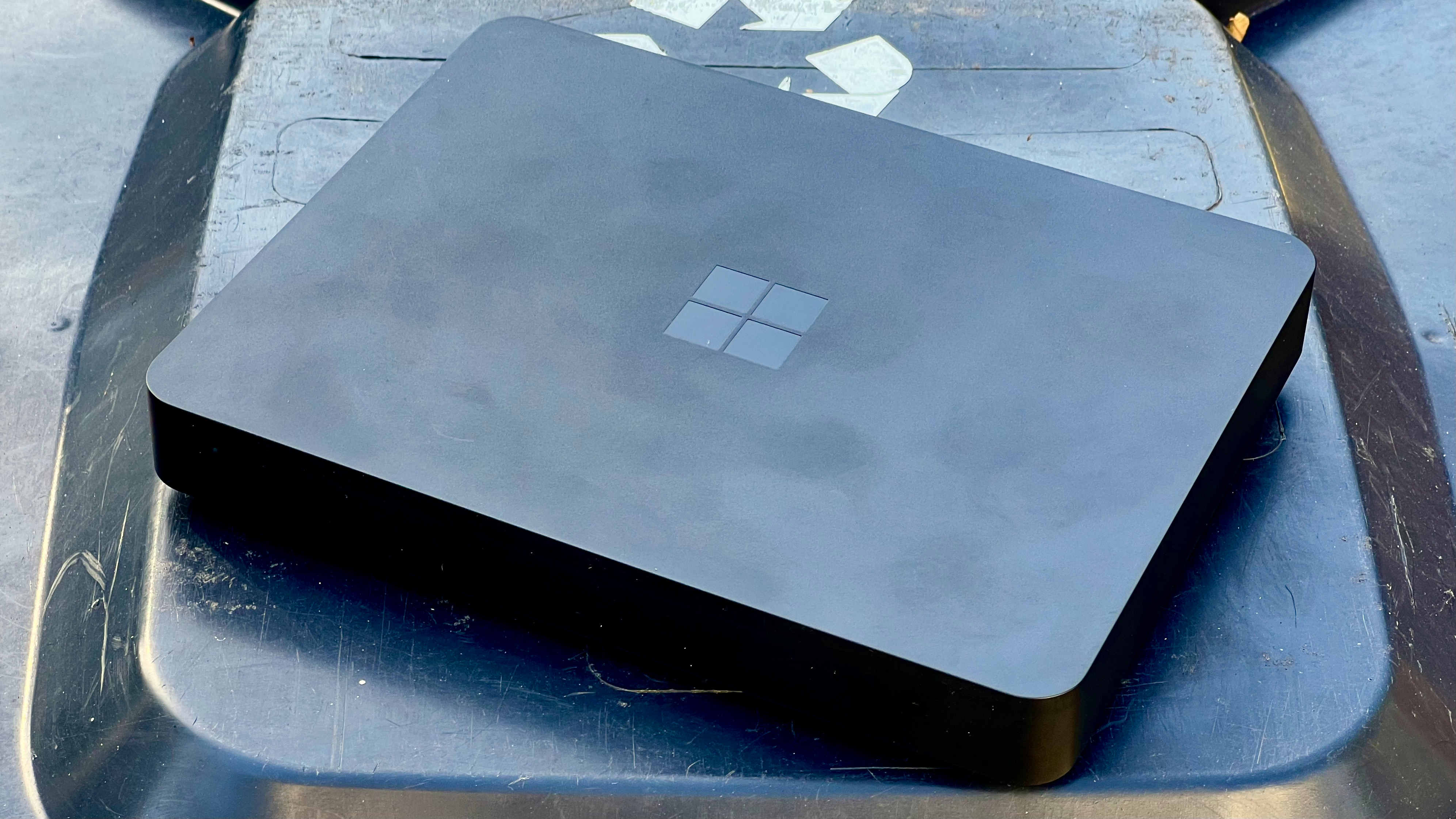
It means, for example, we could see future versions of Windows running on tablets or foldables running ARM processors that are capable of running many ‘full-sized’ Windows apps, without the need to build in support for ‘legacy’ Windows apps that date back to stone-aged versions of the operating system.
The other major innovation, as reported by Bowden, is the CorePC versions of Windows will also be “state separated”, meaning apps will work a little more like iPad apps, which are restricted to only certain parts of the system – enhancing security and privacy.
Will Windows 12 be more flexible?
Potentially making Windows more flexible is arguably something of a row-back from the intentions of CEO Satya Nadella when he first took over from Steve Ballmer in 2014.
RELATED RESOURCE
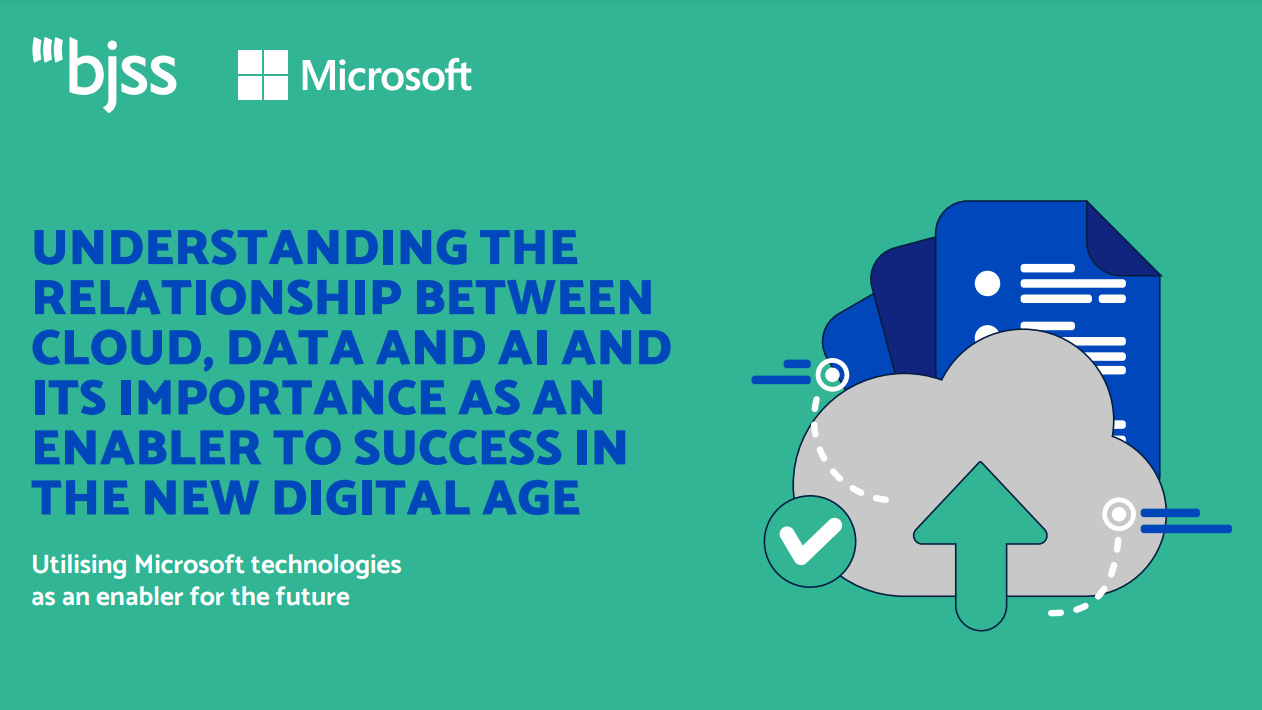
Microsoft is helping organizations prepare for the future. Learn how you can utilise the cloud, data, and AI for future success.
DOWNLOAD FOR FREE
In his first few years, he reorganized the company to promote the company’s booming Azure business, and abandoning the Ballmer-era strategy of having ‘Windows’ on every device – with the release of Office on iPad as the totemic example of this shift in mindset.
It was a strategic shift characterized by the influential technology analyst Ben Thompson in 2018 as “The End of Windows”. Could the renewed push towards the modular CorePC concept signal that getting Windows everywhere again is back on the agenda?
“Windows is never going to go away,” says Bowden. “It's certainly a legacy product but Windows' legacy is what makes it a viable product for so many people. Enterprises will never drop Windows, and gamers will never drop Windows.”
That’s why Microsoft still envisages a world where it remains competitive with iPadOS and Android on mainstream devices. “The PC industry is huge, and there's no alternative for Dell, HP, Lenovo, et cetera, to adopt,” says Bowden. “Chrome OS isn't good enough to replace Windows, and macOS isn't licensable. Current Windows leadership is trying to reposition Windows as a flagship OS platform for the masses, and I suspect that will continue with Windows 12.”
When will Microsoft release Windows 12?
Although Windows 12 is in development, Microsoft hasn’t officially indicated when its next flagship OS will be ready for businesses to use.
Microsoft intends to ship major versions of Windows every three years, according to Windows Central, meaning, if true, Windows 12 will see the light of day at some point in 2024.
READ MORE

This would track with the release cycle of previous versions of Windows – with the expectation of Windows 11, which was released six years after Windows 10, rather than the three years between Windows 7, Windows 8, and Windows 10.
As with all versions of Windows – and all major feature updates to Windows – those on the Windows Insider program will have the chance to test Windows 12 in various phases before general release. This will likely go on for months before general rollout.
How much will Windows 12 cost?
Similar to Windows 11, when it is ready to be shipped Microsoft will likely offer Windows 12 as a free optional upgrade. There’s a chance Windows 10 users will also be offered the free upgrade too.
Microsoft will, however, likely charge a premium for customers who wish to buy the OS, rather than upgrading an existing installation. Windows 11 Home costs $139/£119.99 and Windows 11 Pro costs $199.99/£219.99, meaning Windows 12 will likely be priced at the same price – or around that price point – once it’s ready to be released.
Barry Collins is an experienced IT journalist who specialises in Windows, Mac, broadband and more. He's a former editor of PC Pro magazine, and has contributed to many national newspapers, magazines and websites in a career that has spanned over 20 years. You may have seen Barry as a tech pundit on television and radio, including BBC Newsnight, the Chris Evans Show and ITN News at Ten.
- Keumars Afifi-SabetContributor
-
 Bigger salaries, more burnout: Is the CISO role in crisis?
Bigger salaries, more burnout: Is the CISO role in crisis?In-depth CISOs are more stressed than ever before – but why is this and what can be done?
By Kate O'Flaherty Published
-
 Cheap cyber crime kits can be bought on the dark web for less than $25
Cheap cyber crime kits can be bought on the dark web for less than $25News Research from NordVPN shows phishing kits are now widely available on the dark web and via messaging apps like Telegram, and are often selling for less than $25.
By Emma Woollacott Published
-
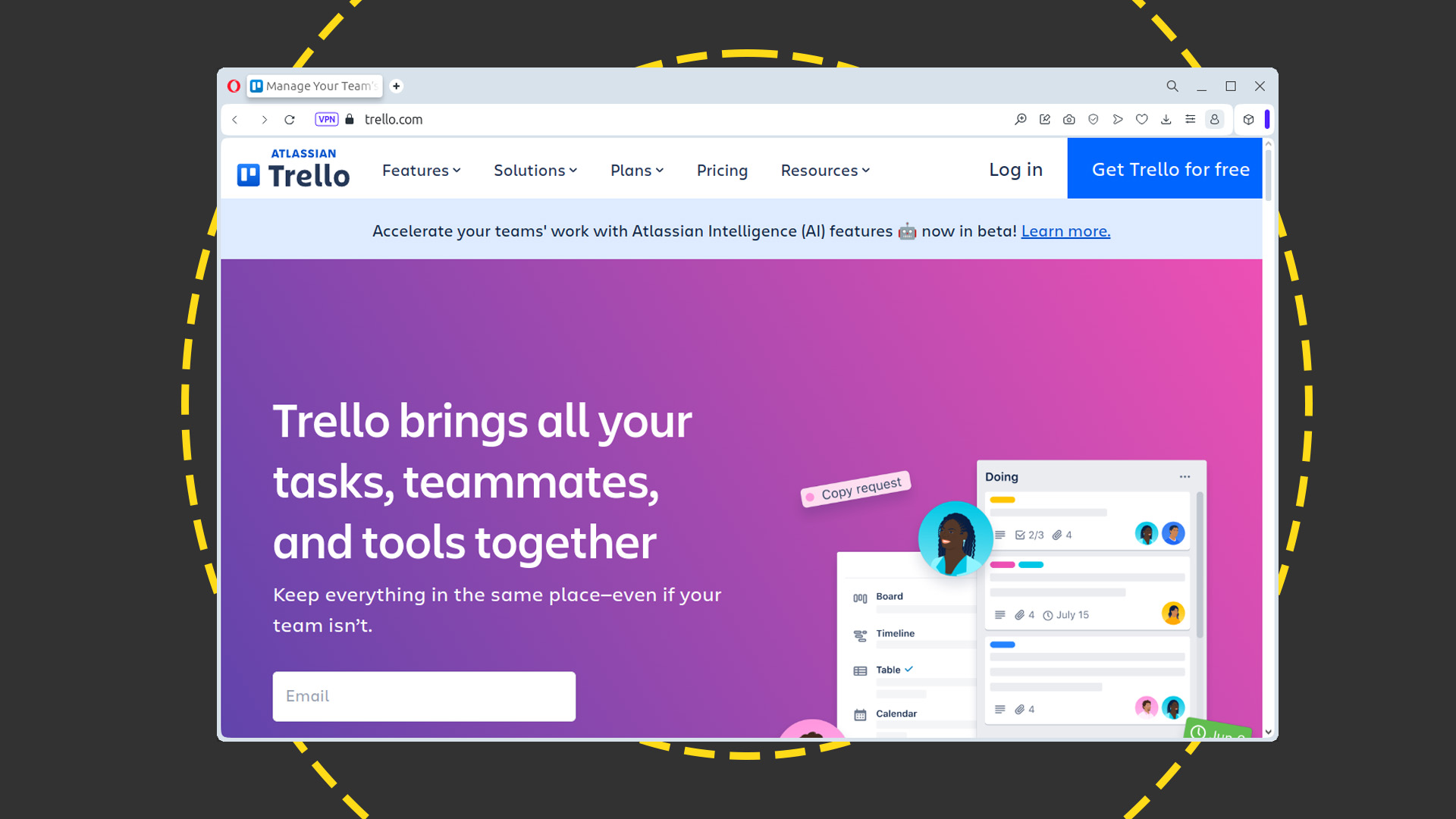 Trello for business: A complete guide to managing your workflows
Trello for business: A complete guide to managing your workflowsTutorials From the free tier to the enterprise version, ITPro talks you through your Trello workflow, from start to finish
By Nik Rawlinson Published
-
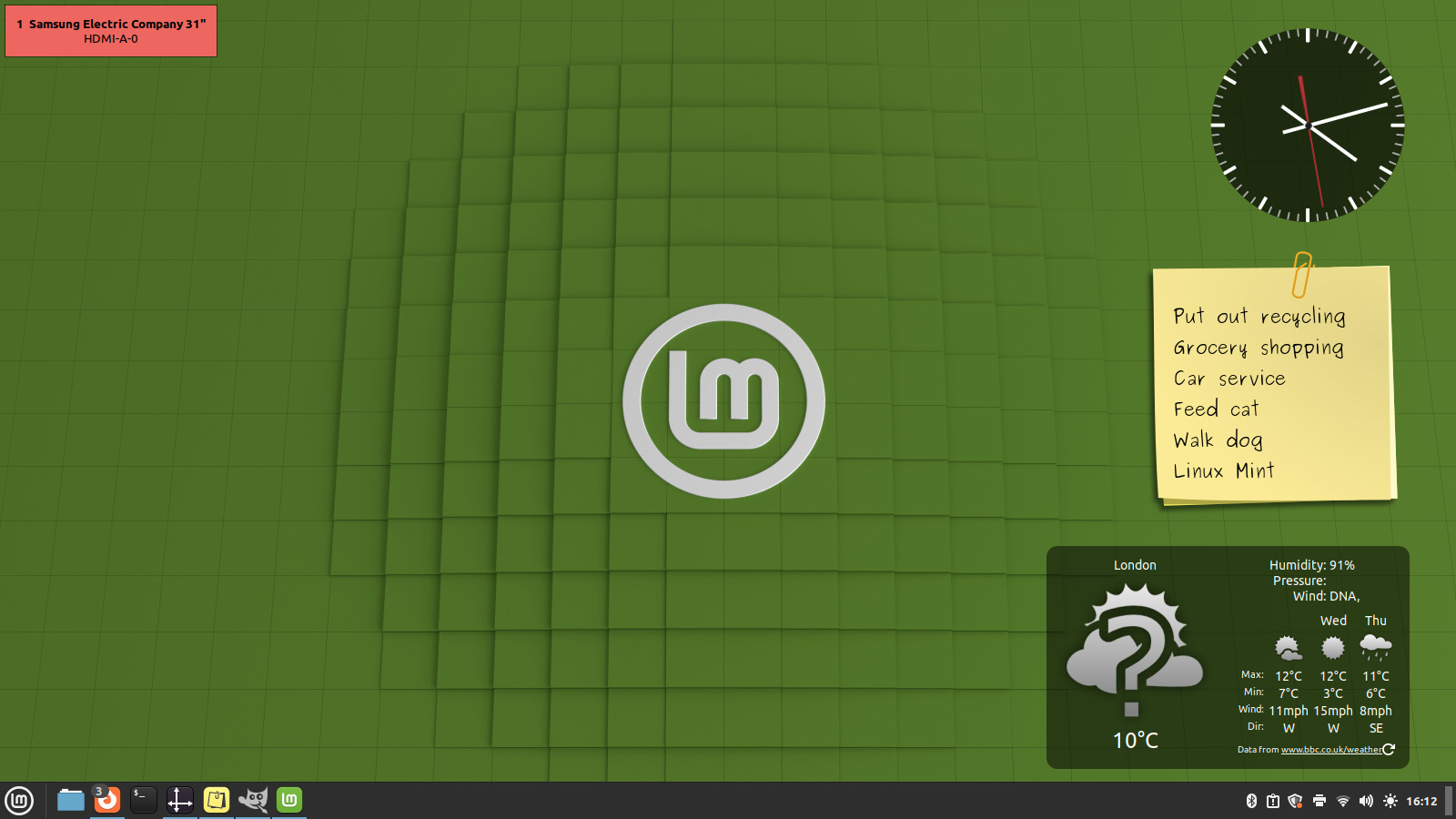 Five things to consider when switching to Linux Mint
Five things to consider when switching to Linux MintIn-depth A guide to what you'll need to think about if you switch your old laptops to Linux Mint
By Nik Rawlinson Published
-
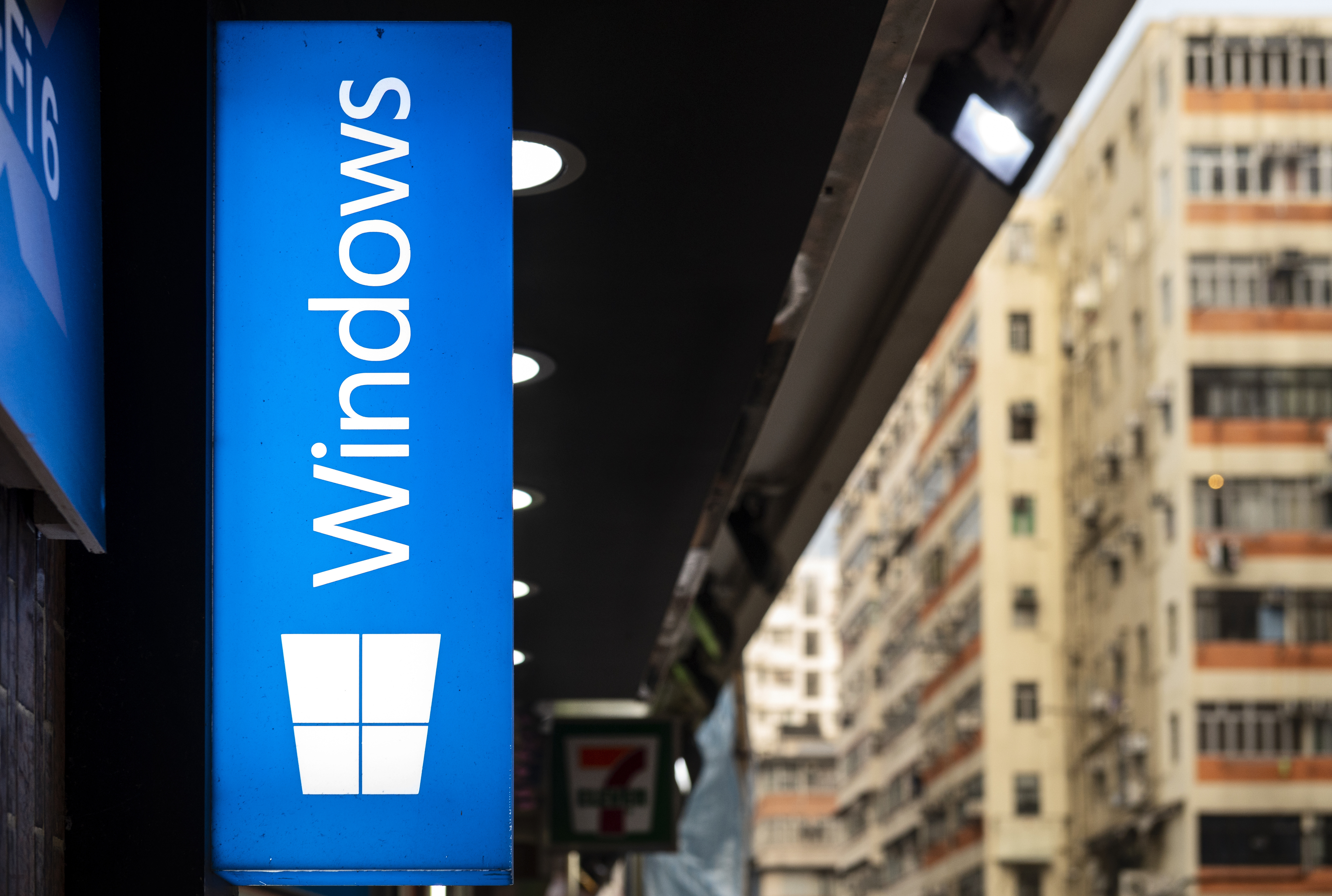 Windows 12 rumors gather pace as Qualcomm joins Intel with major hint
Windows 12 rumors gather pace as Qualcomm joins Intel with major hintNews More Windows 12 rumors from industry players hint at a 2024 release date, but how should your business prepare?
By Keumars Afifi-Sabet Published
-
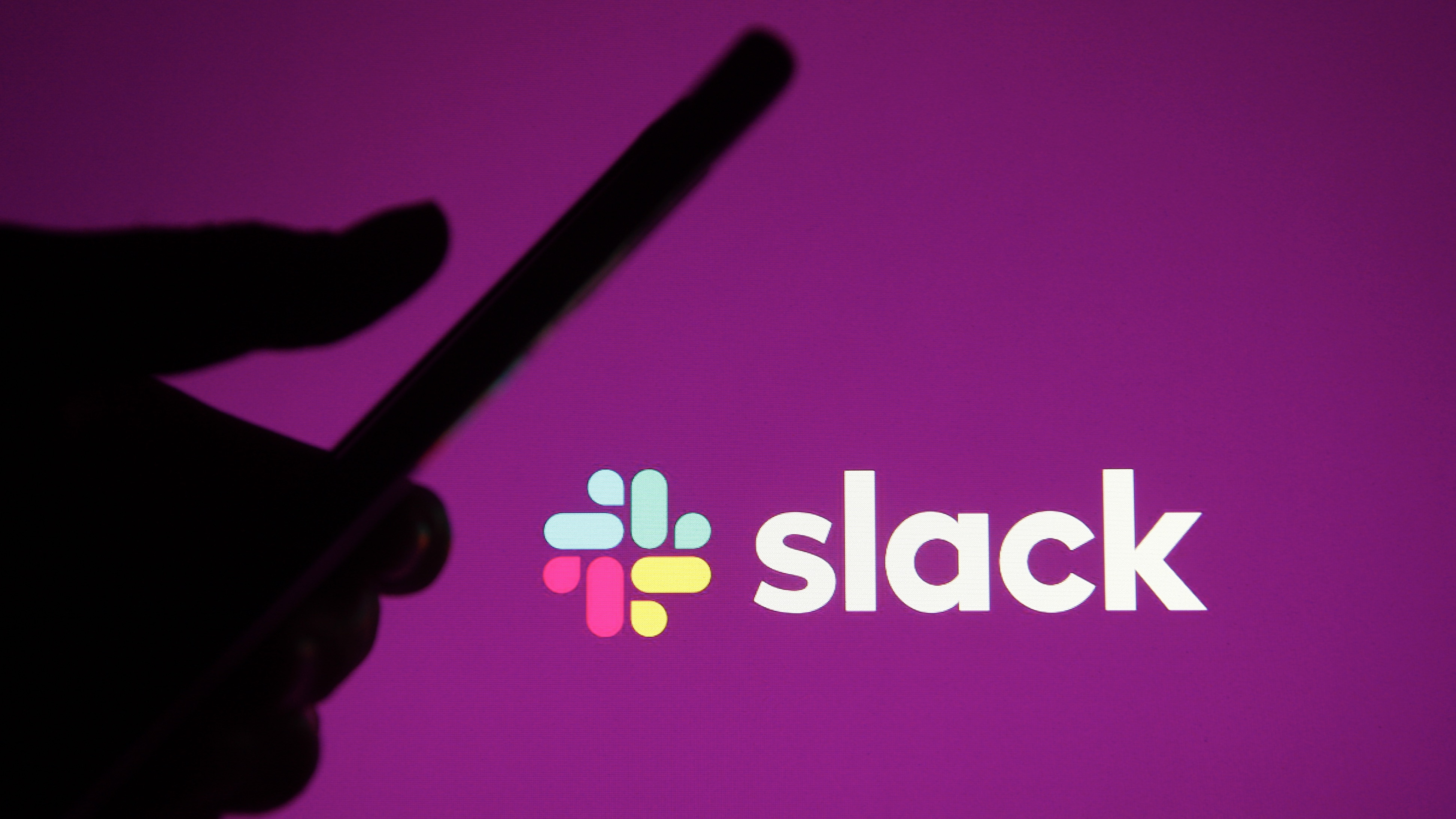 Can Slack hold its own in the age of AI-charged collaboration?
Can Slack hold its own in the age of AI-charged collaboration?Analysis Slack is in the midst of an exciting period of innovation with the roll-out of AI features, but Microsoft and Google loom large
By Ross Kelly Published
-
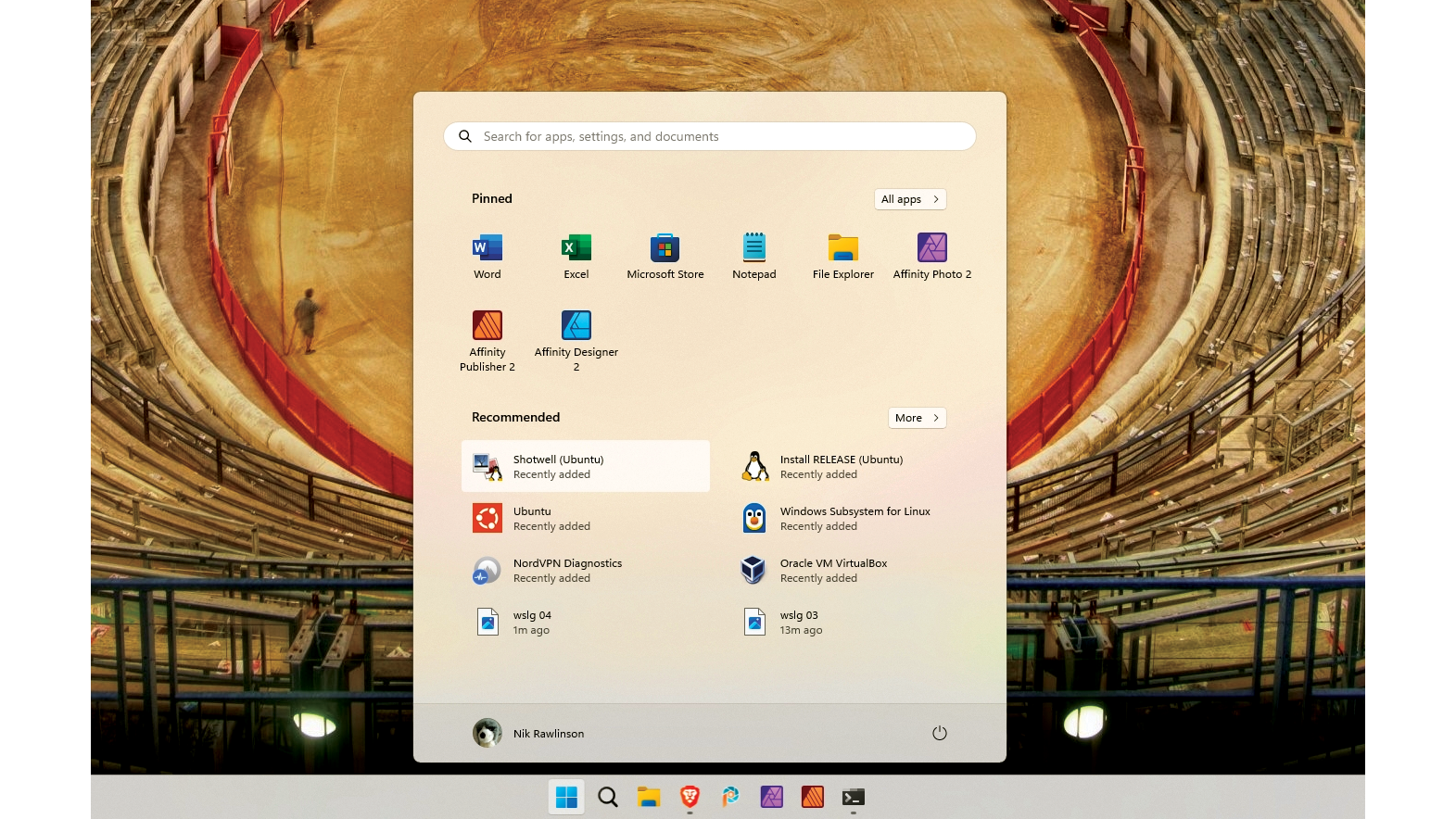 How to run graphical Linux applications in Windows
How to run graphical Linux applications in WindowsIn-depth Why limit yourself to one software library? ITPro finds out how to run Linux software natively on Windows
By Nik Rawlinson Published
-
 Why it might be time to switch your organization’s accounting software
Why it might be time to switch your organization’s accounting softwareIn-depth Every business needs to keep track of its finance, but there are challenges involved in maintaining and switching accounting software
By Steve Cassidy Published
-
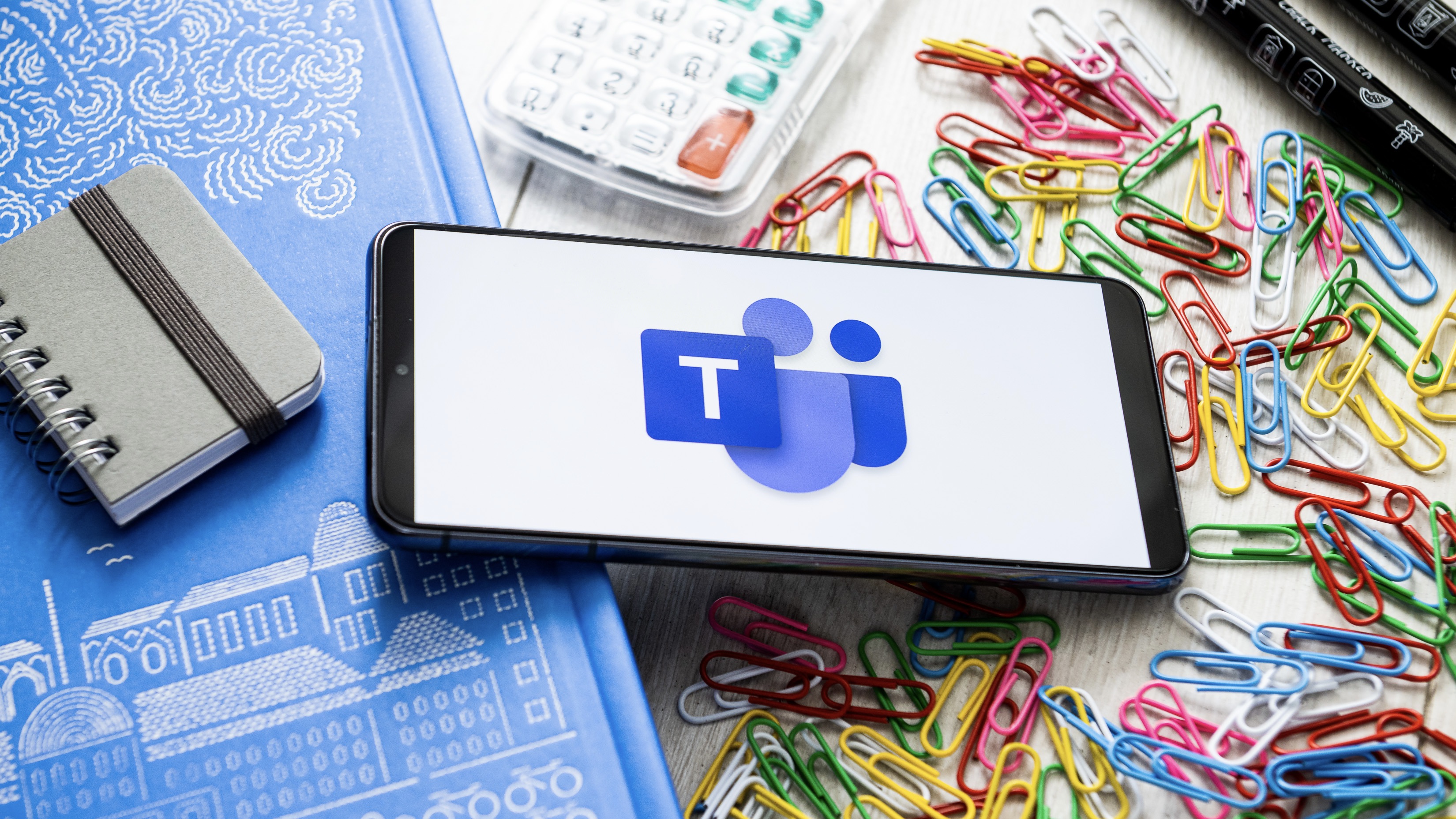 New Microsoft Teams features for business users
New Microsoft Teams features for business usersIn-depth All the latest Microsoft Teams features after the platform is given a redesign, complete with an AI-powered assistant and a faster engine
By Danny Bradbury Published
-
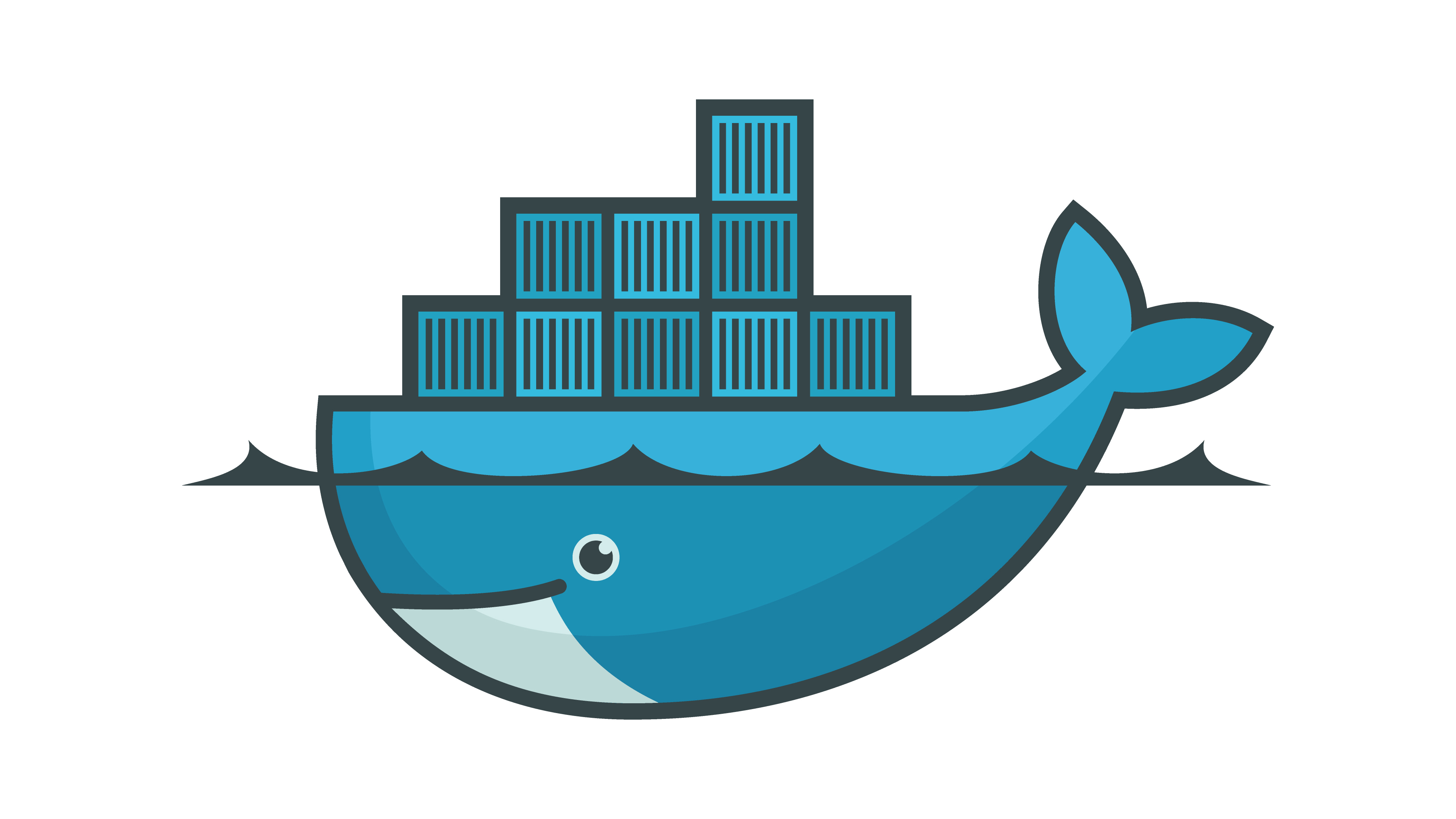 Docker tutorial for beginners: How to get started with Docker
Docker tutorial for beginners: How to get started with DockerTutorials How to install Docker and start working with containerized applications
By Richard Speed Published